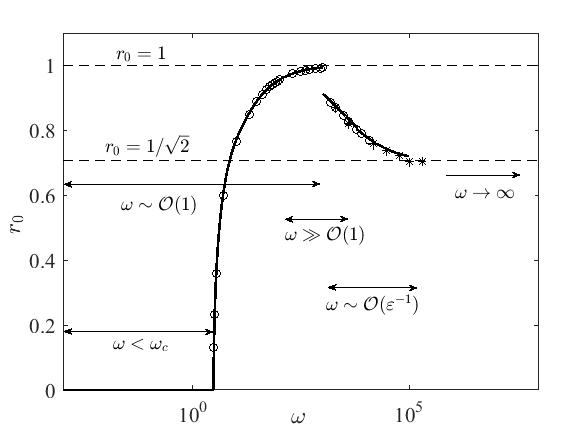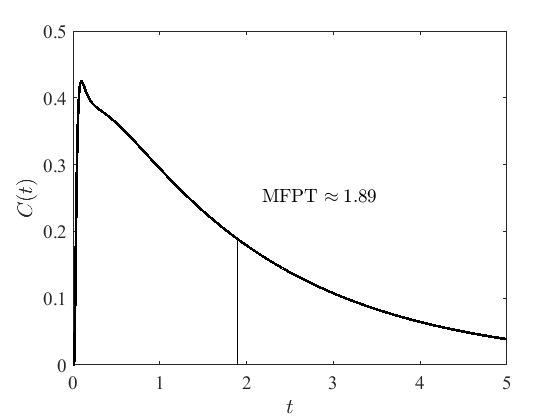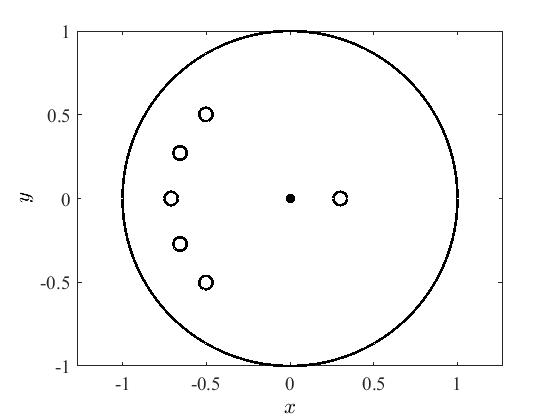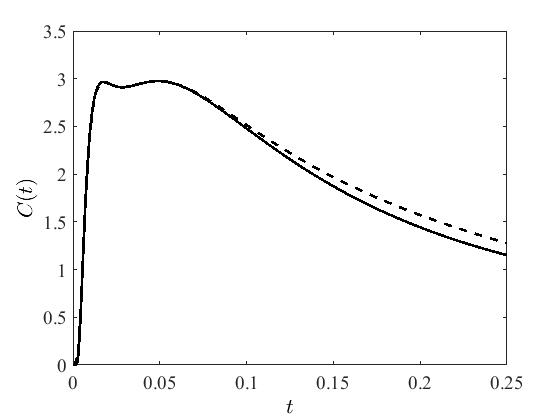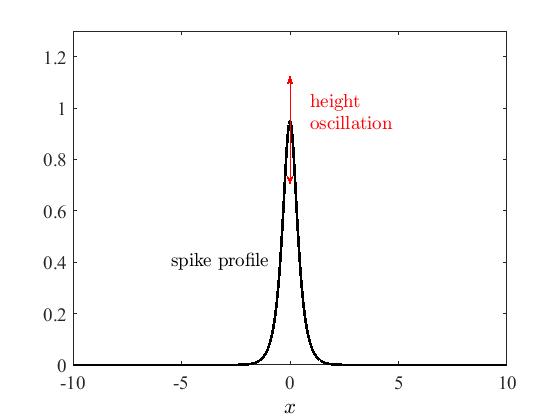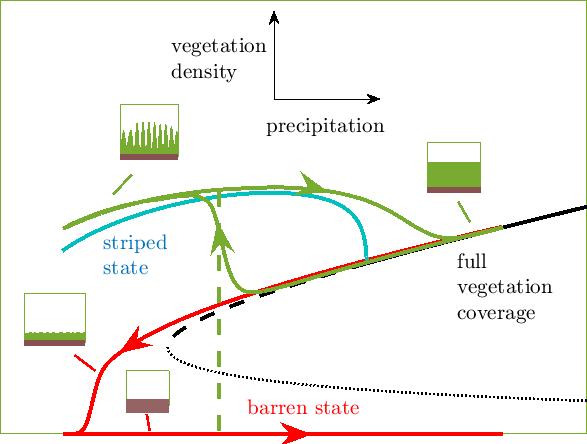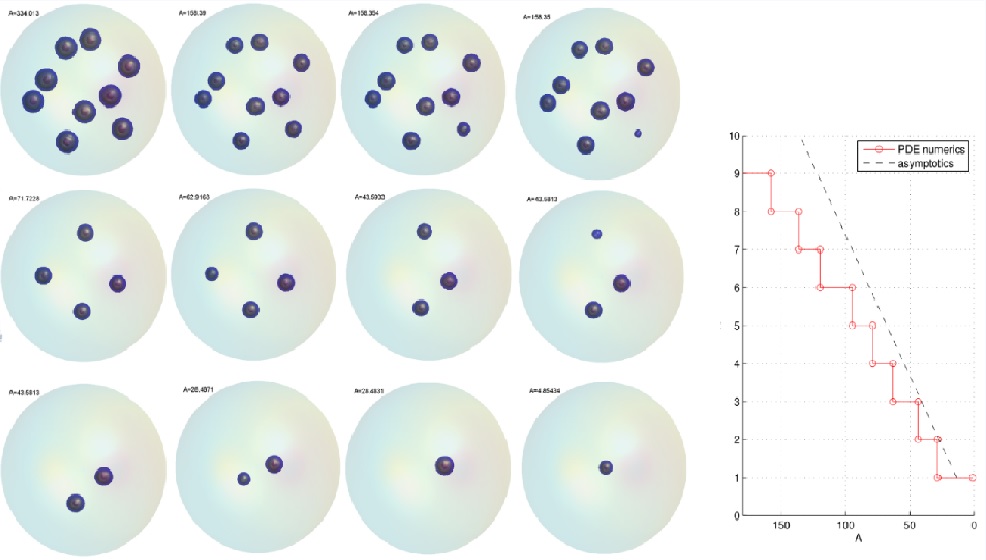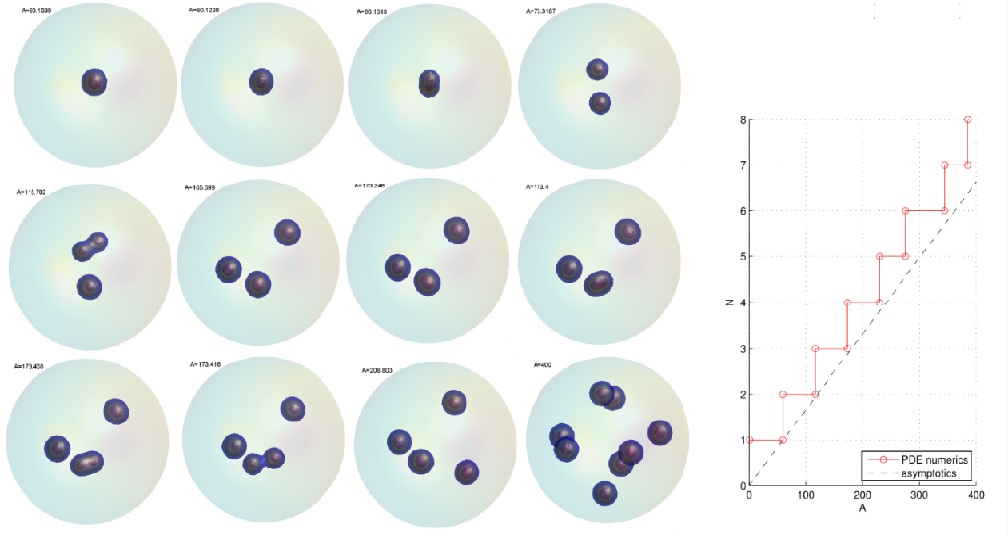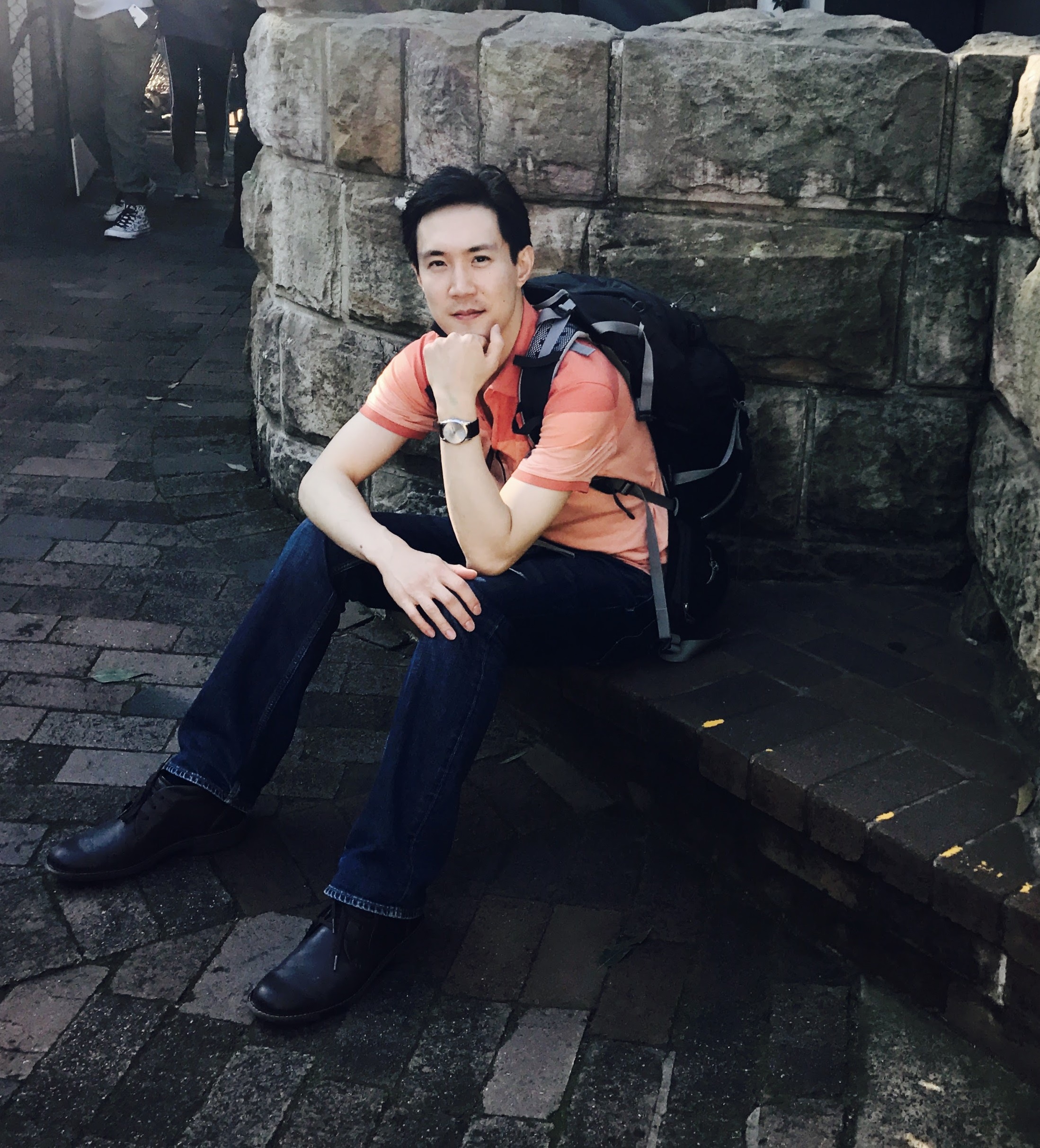
|
- BASc, Engineering Physics, University of
British
Columbia, Vancouver, BC, Canada, 2007
- PhD, Applied Mathematics, Northwestern
University,
Evanston, IL, USA, 2012
- Position: Senior Lecturer, School of Mathematical and Physical Sciences, Macquarie University, Sydney, NSW, Australia
- Office: E7A-12 Wally's Walk 713
- Phone: +61 2 9850 8925
- Email: justin dot tzou at mq dot edu dot au OR tzou
dot justin at gmail dot com
- CV
| Research statement | Full
publications list | Research highlights
- Research
Interests: reaction-diffusion
systems; pattern
formation; homoclinic snaking;
singular perturbations; localized solutions; matched asymptotic
methods; first passage processes and narrow escape problems;
applications to vegetation patterns, cellular biology, and ecological
processes
- Current funding: Australian Research Council DP220101808 (co-CI with Leo Tzou, University of Sydney) Microlocal Analysis - A Unified Approach for Geometric Models in Biology; $405,000 over 3 years
|
 Justin Tzou
Justin Tzou Justin Tzou
Justin Tzou
